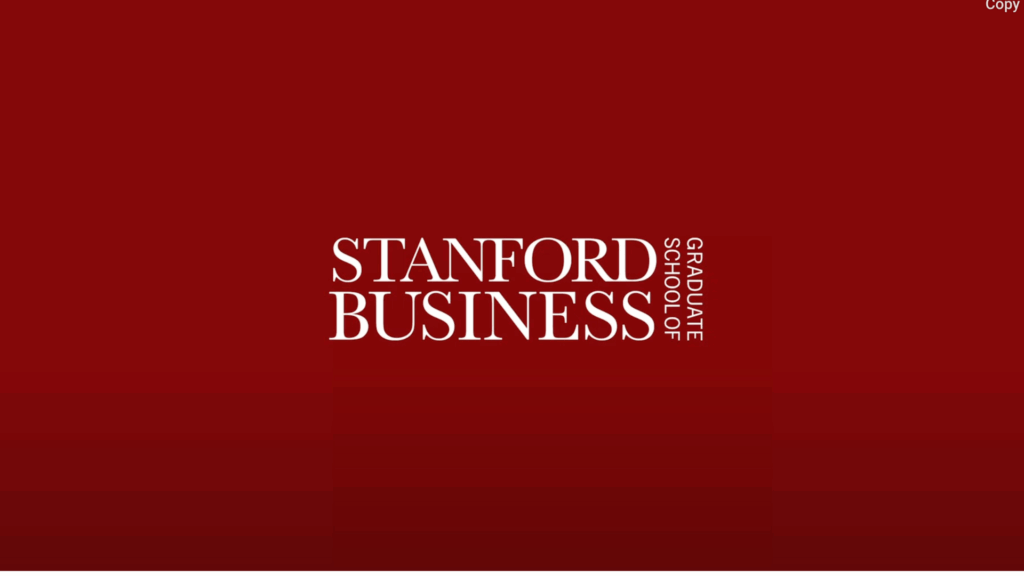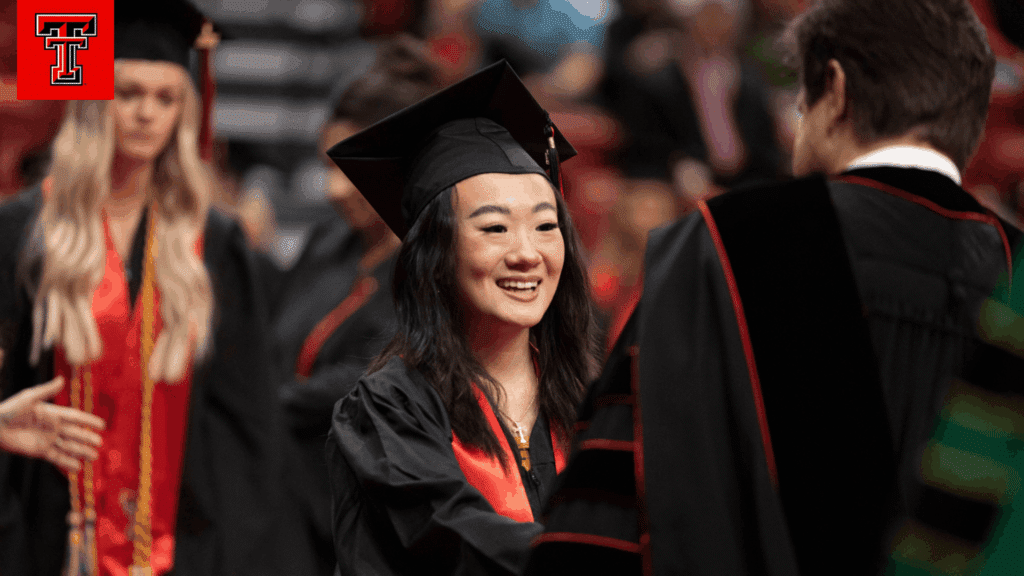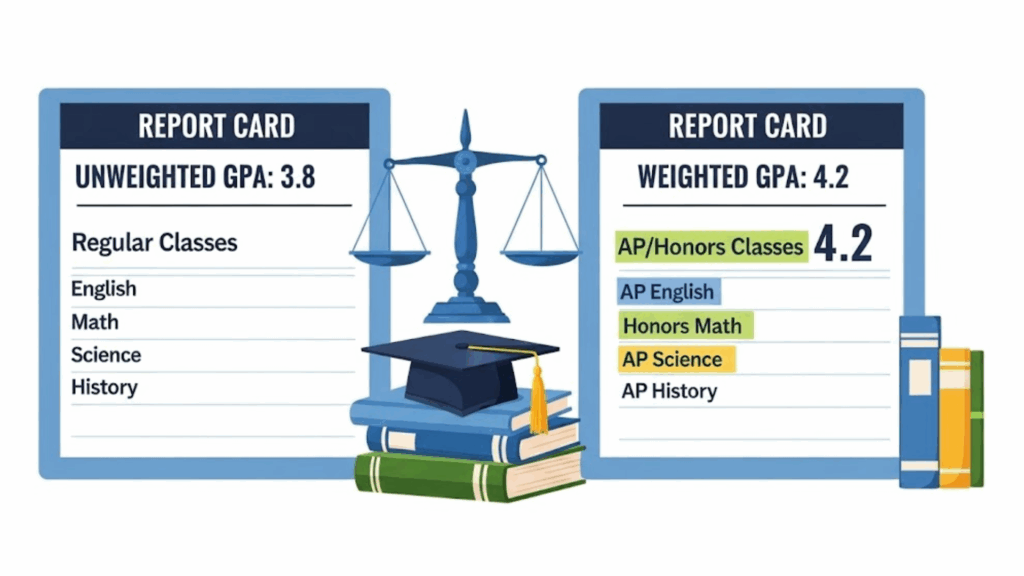Welcome to the ultimate challenge in MBA admissions.
Stanford Graduate School of Business holds the crown as the most selective full-time MBA program globally. Getting in means beating incredibly tough odds that eliminate most applicants.
Located in Silicon Valley’s heart, Stanford has produced world-changing leaders like Nike founder Phil Knight and GM CEO Mary Barra.
The school’s motto says it all: “Change lives. Change organizations. Change the world.”
You’ll learn how to get into Stanford and what it takes to join this elite group.
We’ll reveal the real acceptance rates, academic benchmarks that matter, and proven strategies successful applicants use to stand out.
Stanford GSB Acceptance Rate: How Tough is it?
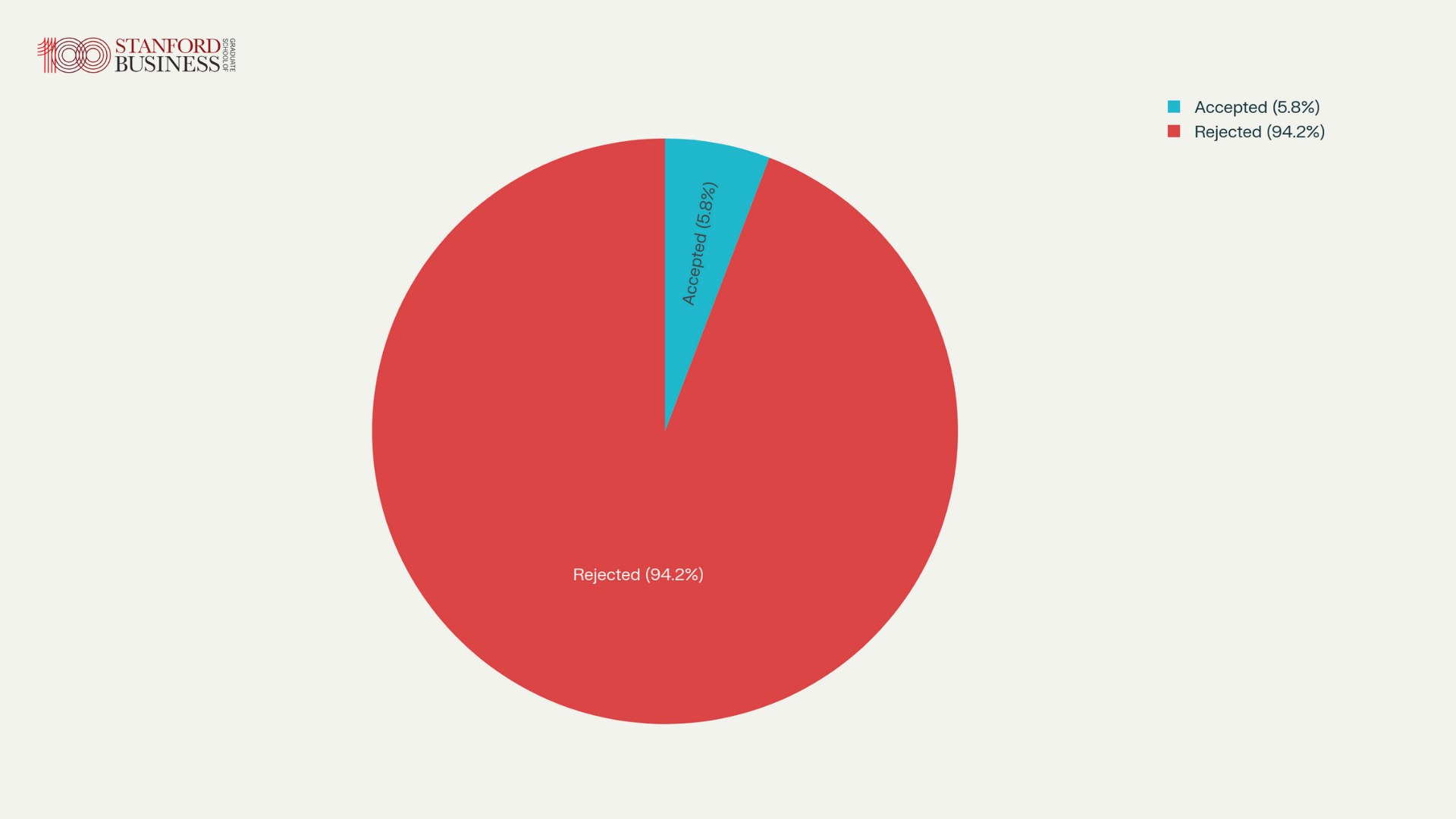
Stanford GSB stands as the world’s most selective MBA program. The school typically admits just 5.8% of applicants, making it harder to get into than Harvard or Wharton.
Recent data shows Stanford received 7,295 applications and enrolled 424 students for the latest class.
These numbers tell a brutal truth. Only about 1 in 17 candidates get accepted.
The competition is fierce because Stanford’s small class size means fewer spots compared to other top programs.
Unlike large programs such as Harvard Business School, Stanford’s smaller size means it simply can’t admit as many students.
Academic Benchmarks: GMAT/GRE & GPA
Stanford doesn’t set minimum score requirements, but admitted students consistently hit impressive academic marks.
There is no minimum GMAT or GRE score requirement for graduate study at Stanford, and we accept students with a wide range of scores.
However, the reality is far more competitive.
| METRIC | AVERAGE/MEDIAN SCORE | RANGE |
|---|---|---|
| GMAT | 737-738 | 630-790 |
| GRE | 327 | 149-170 |
| Undergraduate GPA | 3.75-3.77 | Not specified |
| Test Preference | 61% GMAT, 39% GRE | Both accepted equally |
Must-Know Tip: If your GPA is below the average of admitted applicants, focus on other aspects of your application, such as your GMAT/GRE score, work experience, leadership experience, and extracurricular activities.
Admissions Profile & Holistic Review
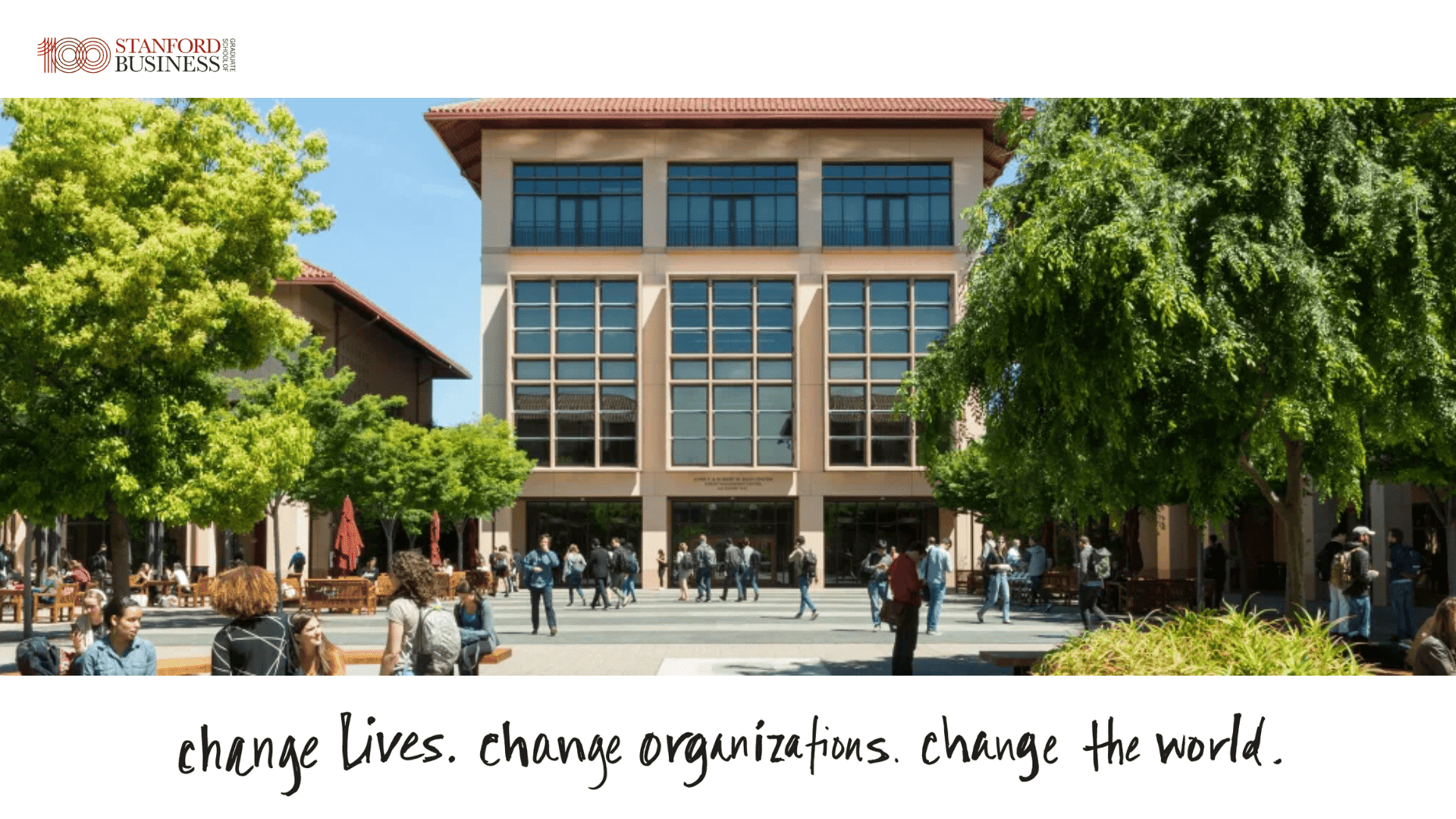
Stanford seeks to learn about how you think, how you lead, and how you see the world.
The admissions committee evaluates candidates far beyond academic metrics, focusing on personal qualities that indicate future impact.
What Stanford Really Values Beyond Scores?
Stanford’s holistic review process prioritizes three key areas:
- Intellectual Curiosity: Your desire to learn and experience new things and share them with others.
- Leadership Impact: Your impact on others, organizations, and communities.
- Personal Values: Your values, beliefs, identities, and ambitions.
The admission patterns at Stanford GSB have become increasingly reliant on qualitative aspects, in addition to the strength of the application essay.
Elite Competition Among Top Candidates
Even stellar credentials don’t guarantee admission. Key profile insights:
- Top Undergraduate Majors: Humanities/Social Sciences (44%), Engineering/Math/Natural Sciences (37%), Business (18%)
- Top Pre-MBA Industries: Investment Management/pe/vc (20%), Consulting (17%), Technology (14%)
There is neither an “ideal” candidate nor a “typical” Stanford MBA student.
The key is demonstrating unique perspectives and authentic leadership experiences.
Comparison Table: Stanford vs Other M7s
While all M7 programs are highly competitive, Stanford’s admit rate is notably lower, making it one of the toughest schools to attend business school.
Here’s how Stanford stacks up against its elite peers:
| SCHOOL | ACCEPTANCE RATE | AVG GMAT | AVG GPA |
|---|---|---|---|
| Stanford GSB | 5.8%–6.8% | 737–738 | 3.75–3.77 |
| Harvard Business | ~9–10% | ~730+ | Similar |
| MIT Sloan | ~8.1% | ~730 | ~3.7 |
| Wharton | ~11–12% | ~730+ | ~3.6–3.7 |
Expert Suggestion: Apply to multiple M7 programs since Stanford’s ultra-low acceptance rate makes it the hardest admit even among elite candidates.
What Makes Admissions Challenging?
Stanford’s ultra-competitive admissions stem from two key factors that create a perfect storm for applicants.
Unlike large programs such as Harvard Business School, Stanford’s smaller size means it simply can’t admit as many students.
With roughly 7,295 applications for just 424 spots, the numbers work against every candidate.
The second challenge? The admissions team evaluates applicants holistically, considering undergraduate program rigor, leadership potential, and alignment with the school’s values.
Even exceptional candidates face rejection because the applicant pool consists entirely of high-achievers with stellar credentials and impressive backgrounds.
Application Components & Expert Tips

Key elements of your Stanford MBA application and strategies to excel in each. Authenticity and clarity matter more than perfection.
1. Essays
Stanford’s most iconic essay question is: What matters most to you, and why? Go beyond clichés. Share authentic experiences and personal values.
The goal is to reveal who you are, not what you think the committee wants to hear.
2. Letters of Recommendation
Choose recommenders who know your work, leadership, and character intimately. Titles don’t matter, stories do.
Detailed examples of impact and collaboration carry more weight than generic praise. Aim for two strong voices that complement each other.
3. Interview
Expect behavioral and scenario-based questions focused on leadership, resilience, and ethics. Prepare specific examples using the STAR method.
Confidence, self-awareness, and clear storytelling demonstrate your ability to lead and adapt in real-world challenges.
Post-MBA graduates earn a base salary of $ 182,000 plus a $ 40,000 bonus, with top recruiters including Google, McKinsey, Bain, and Goldman Sachs.
Cost of Attendance & ROI
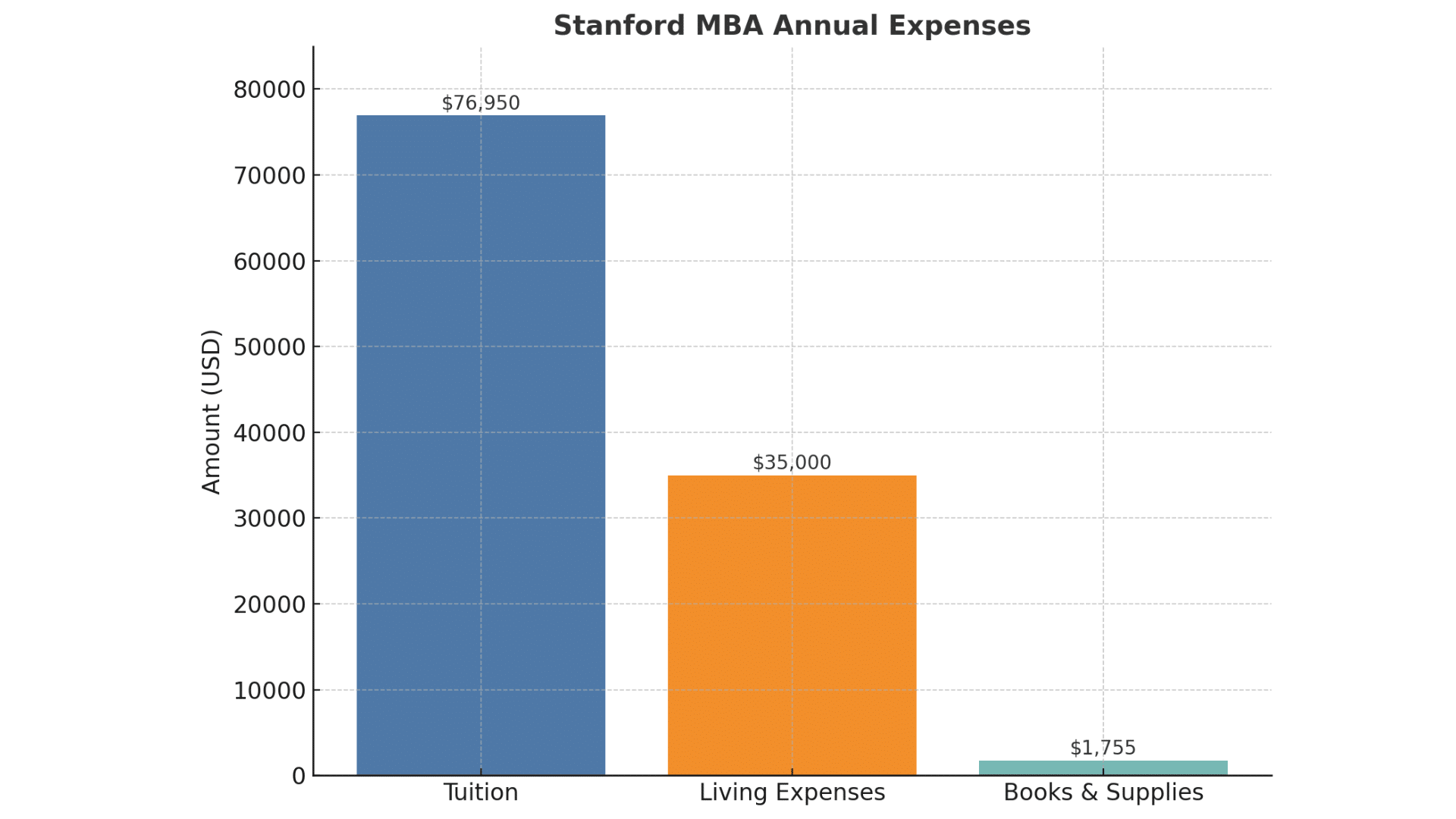
The two-year program costs approximately $230,000, but graduates typically earn over $ 250,000 within three years.
Stanford offers need-based fellowships of up to $ 40,000 annually, plus external scholarships for international students to ease the financial burden.
Key Takeaways
Stanford GSB remains the ultimate MBA challenge, where exceptional credentials alone won’t guarantee success.
The school’s tiny class size and holistic review process create fierce competition among already outstanding candidates. Your path forward requires a three-pronged strategy.
First, exceed academic expectations with top-tier test scores and grades.
Second, demonstrate genuine leadership impact that aligns with Stanford’s social mission.
Third, craft a compelling narrative showing authentic self-awareness and clear post-MBA goals.
Success comes to those who combine academic excellence with meaningful experiences and can articulate how they’ll contribute to Stanford’s world-changing mission.
Frequently Asked Questions
Is Stanford GSB Harder To Get Into Than Harvard?
Yes, Stanford’s admit rate is notably lower, making it one of the toughest schools to attend business school compared to Harvard’s 10% acceptance rate.
Is GMAT More Important Than GPA?
Both metrics matter significantly in Stanford’s holistic review, but strong test scores can help offset lower GPAs.
Do Non-Tech Or Non-Consulting Applicants Get In?
Yes, only 14% of students in the Class of 2026 have a tech background, showing Stanford values diverse professional experiences.

